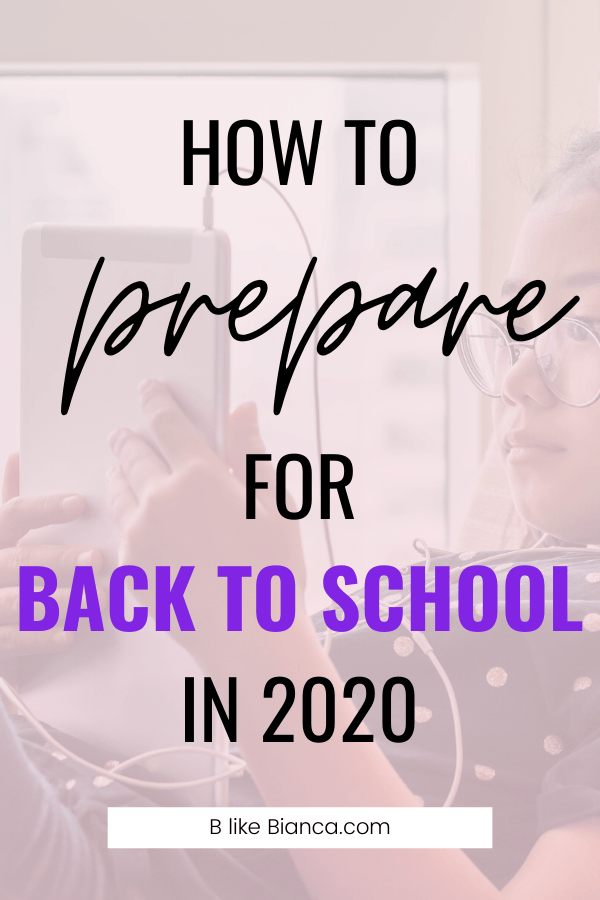
While most school districts are just weeks away from starting back to school, there is still an unknown feeling in the air for not just teachers, but parents as well. As a teacher and a parent, I understand. More so than before, the challenges of COVID-19 and school closures that we faced are not over and have profoundly affected the education system in many ways that we possibly still have yet to uncover.
We are continuously hearing about the “new normal” of a possible blending/hybrid learning, full-time online distance learning, or even full-time homeschool options for teaching school-age children this fall. But now as most of us got our feet wet in an “on-the-job” practice last spring, it is time to really focus on understanding the best way to meet the learning needs of our children when school starts this fall.
Here are some tips and strategies to help support parents with back to school this fall.
1. Decide on a Learning Platform
Ultimately, blended/hybrid learning or full-time online learning, may not be the best for your child. For example, my son who generally doesn’t care for school much, was excited about remote distance learning. After just a few weeks, he felt it was too stressful to manage. I had to learn how to support him emotionally, knowing that he rather attend school like he use to but couldn’t. Although he prefers to be in the classroom full-time, the decision for him and many other children to return to school may not be an option at all. And at this point, many parents might decide as a family that homeschooling is the best learning option for kids and that is okay. It can give families more control of the learning needs of their child and in return, their child can personalize their learning experiences as well.
2. Prepare
In March, without much notice we were thrust into remote distance learning and remote distance teaching. Now, we have some time to prepare and make a schedule based on your child’s independent learning needs. Also, use this time to reach out to your school district and give feedback to teachers. It is helpful for everyone to hear a parent’s perspective. Parents need to be involved now more than ever in their child’s educational practices.
3. Routine
According to Study.com, routine is key to successful transition in any situation. Sending your child to school each day allowed for routine that was expected since the first day of Kindergarten. Now, although the school plan might vary, keep the same scheduled routine as if your child was still attending school, even if that might be a daily workspace at the dinner table. Which leads to the next tip…
4. Learning Space
Every student has a workspace at school, so designate a learning space at home. It will make your child motivated and engaged to want to learn while giving them a feeling of being at school. Also, when and if school resumes to the normal in-class learning, your child will now have some place dedicated to use for homework and studying.
One simple tip: Make sure the learning space will be designated only for school so it can really feel like it is a place of work for your child.
Final Thoughts
If you are looking for more strategies to guide you and your family during these challenging times, check out Study.com. They have a variety of resources for parents, teachers, and students to support all learners either at home or in the classroom.
